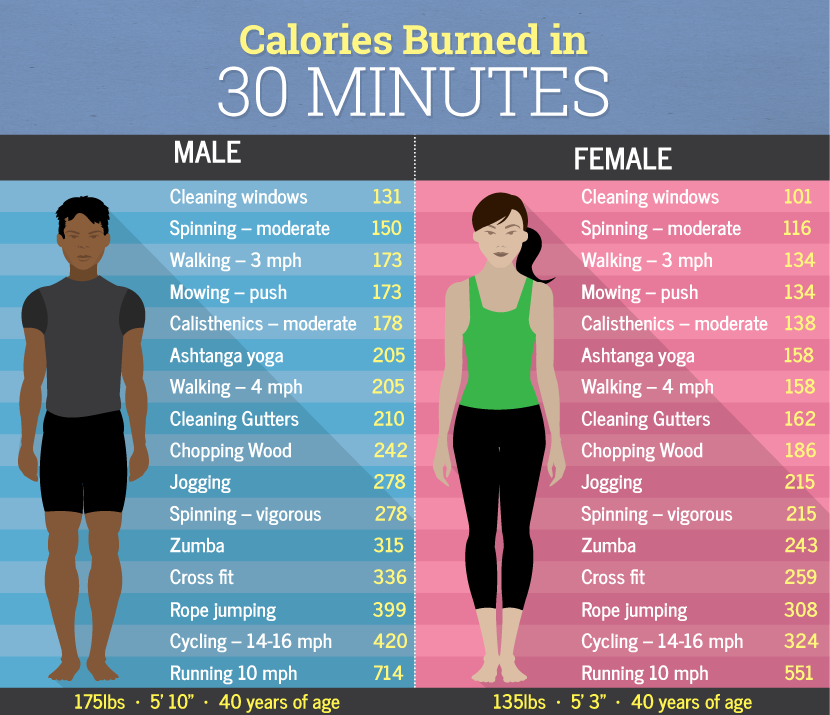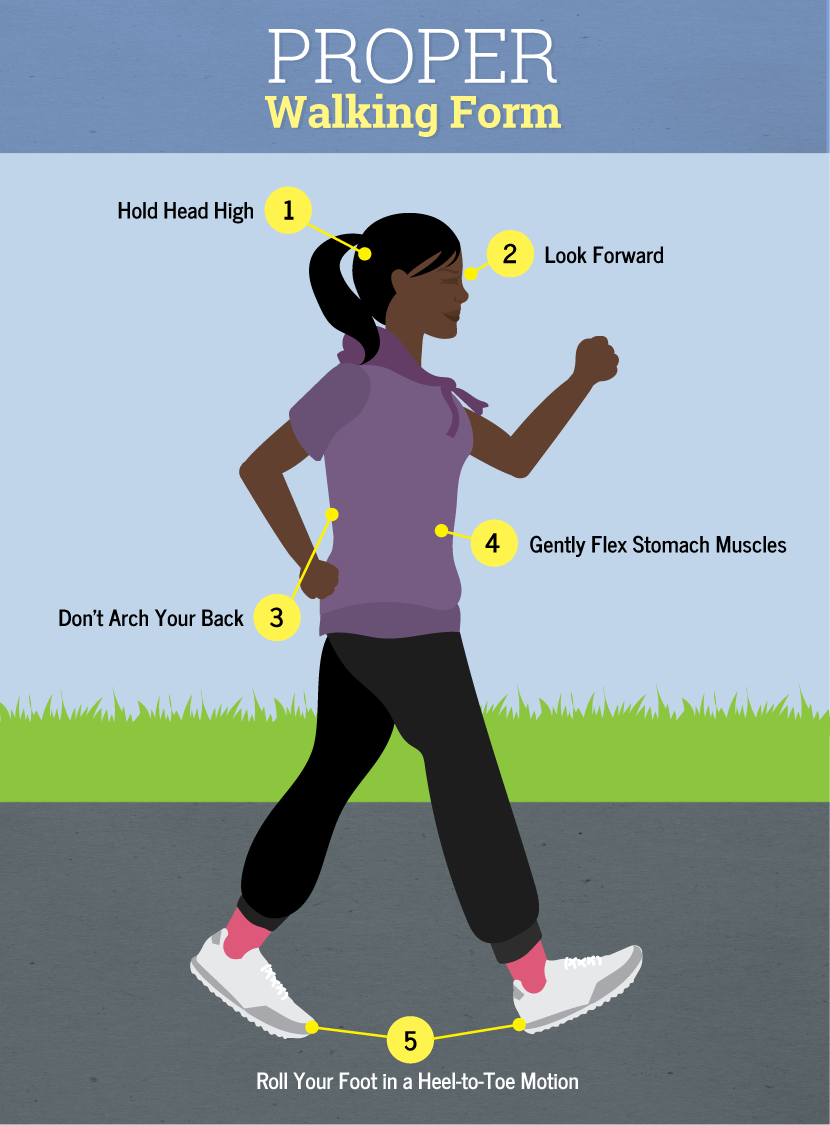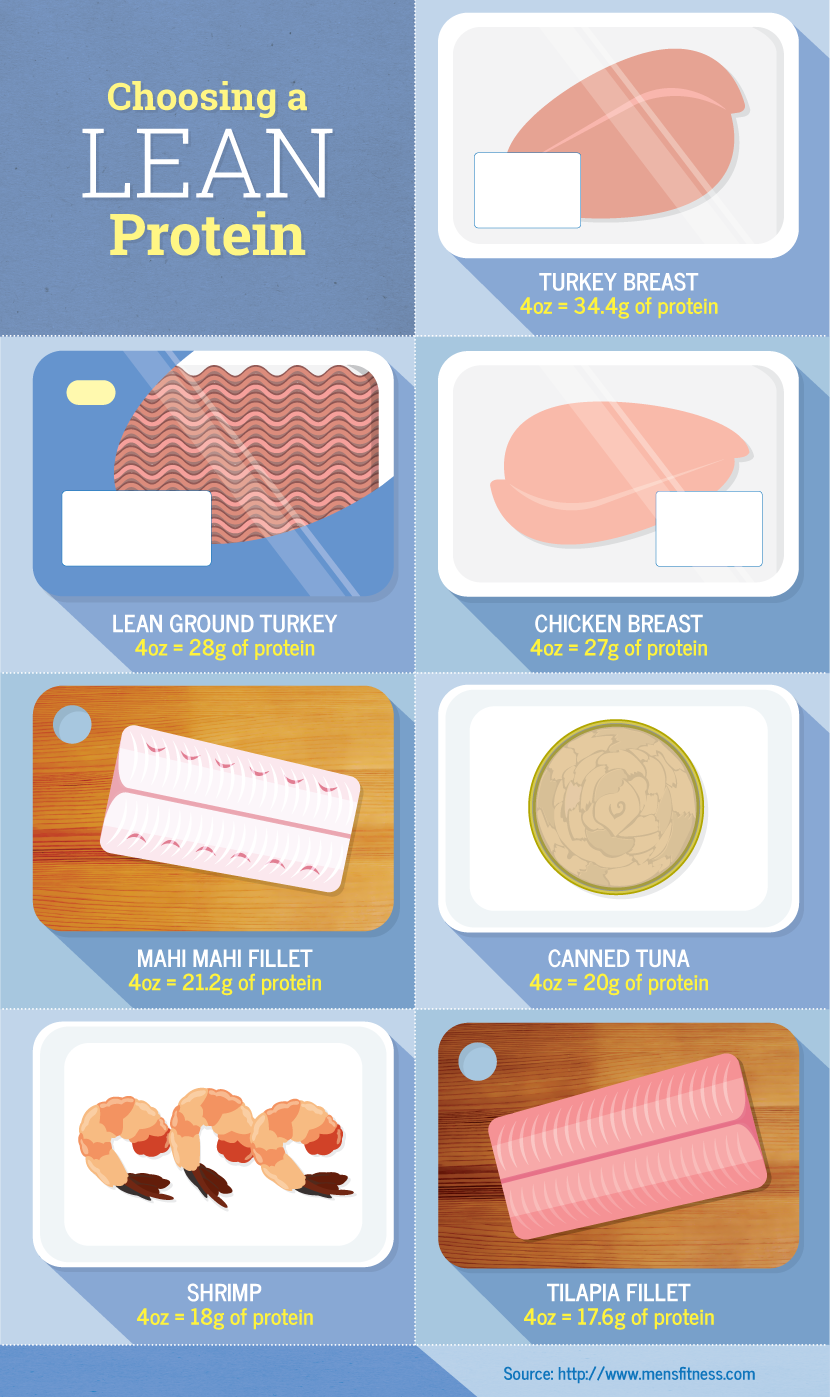Look Sunsational!
Get Toned for Summer
Spring is here, and it’s time to break out of your hibernation mode and stop hiding
behind the wool sweaters. With time ticking down to the opening of beaches on Memorial
Day weekend, here is what you’ll need to know to lose the love handles before your
feet reach the sand.
To get moving in the right direction, the “move” is important.
According to the American Council on Exercise, individuals need at least
30 minutes of moderate exercise daily to be healthy. To lose weight, that
number should be at least 60 minutes of moderate movement.

So What is the Best Form of Exercise?
That’s an easy answer… the one you’ll do consistently.
That means you should find something that sparks your
interest or that you enjoy. With warmer weather on the way, the
opportunity to exercise outdoors can be an incentive, but depending
on the sports you choose, the number of calories burned may vary. As
we explore the moderate exercise equation, we should take stock of what
certain activities burn per hour. Understand that weight, height, age,
sex, and lean muscle mass all have an effect on how many calories a
certain activity can help you burn per hour as well as the intensity of
the movements. Keep in mind that having a lean body composition may help
your body to burn more calories per workout as well as while you sleep.
Form Matters
It might seem normal to think that anyone can go out for a walk,
but in actuality, many people walk with terrible form that in time can lead
to an injury and less calorie output. Proper form for walking includes a neutral
head posture, arms that swing in opposition to stepping, a soft bend in the elbow,
and toes pointing forward, rolling off the back foot while bending the ball of the
foot. I have personally witnessed many people performing improper form on strength
moves, including lateral pull-downs with a cable pulley long bar or even pushups.
By performing these strength moves incorrectly, muscle imbalances and joint pain
can lead to a chronic injury, preventing participants from continuing with a
consistent program. The five most common weight training injuries include muscle
strain, shoulder impingement, disc herniation, ligament strain, and muscle contusion –
all of which will sideline a workout program.

Intensity Counts
As you can see by the calorie burn counts for a 40-year-old
female and male, the change in number of calories is significant
depending on the intensity of the movement (see walking to jogging
and jogging to running). This is direct evidence that, if you have
less time, higher-intensity workouts are important for successful weight
loss or health maintenance. Lack of time is the number-one excuse for people
skipping an exercise program, so up the intensity.http://www.eufic.org/page/en/show/latest-science-news/fftid/physical-activity/
Start Simple
Walking is among the easiest forms of exercise. Use good walking form,
as noted above, and consider a 45-60 minute walking program each day. Walking
is a great because you need little equipment and can do it essentially anywhere.
Getting fitted for a comfortable pair of shoes for walking is important, however.
Depending on how much you weigh, walking at a pace of four miles per hour will burn
between five and eight calories every minute.
Find Balance
Whatever exercise program you chose to engage in, finding moves that
challenge your balance will ultimately engage your core muscles. It is
important to work on these muscles because they support the spine. Core
muscles include the abdominals, obliques, tranverse abdominals, and the
backside muscles of the glutes and quadratus lumborum. Balance is also important
for preventing injury. Utilizing basic movements like lunges, step-ups, and squats
and performing them on an uneven or moveable surface like a thick mat, BOSU, or
DynaDisc will help incorporate those core muscles.
Diversify
Just as you would invest your money in multiple streams of finance, investing
your exercise time in different types of activities is also crucial. Let’s look
at the P90X workout. People call it “muscle confusion,” and in truth, your muscles
really do need different input messaging to increase function and strength. This
is why “cross-training” has become a buzzword and is so important in any workout program.
Which is Better, Cardio or Weight Training?
Keep in mind that the best form of exercise for weight loss is cardiovascular.
Cardiovascular exercise burns calories. Creating that calorie burn deficit is crucial
to losing weight. One pound is equal to 3,500 calories. You have a daily need for a specific
number of calories to maintain your weight, called the basal metabolic rate (BMR). An easy way to
figure out your BMR is to multiply your body weight in pounds by 10. A 130-lb woman will need
approximately 1,300 calories a day to maintain her weight.
To lose weight, she will need to create a calorie deficit of 3,500 calories to lose a
pound. Although strength training helps burn calories and can increase more lean muscle mass,
one pound of muscle will only burn 5-10 more calories a day. For the short term,
cardio will help you peel off the pounds faster.
Interval training while doing cardio can be the most efficient way to lose weight.
Think of higher-intensity intervals followed by rest intervals.
A 1:2 ratio is most efficient: 1 minute of high intensity (e.g. sprinting or jumping rope) followed by
2 minutes of lower intensity or “active recovery” exercise like jogging or walking. You’ll hit higher calorie
burn rates than by just doing steady-state work or a constant pace of walking or jogging.
Sleep In!
When shaking off those winter sweaters and pounds, keep in mind the need for sleep.
People need between 7.5 and 9 hours of sleep to function at their best. According to a
study at the University of California, 97 percent of the population needs more than six
hours of sleep. http://www.helpguide.org/articles/sleep/how-much-sleep-do-you-need.htm Only 3 percent of people have a special gene that allows the 6 hours to
replenish their bodies to a healthy state. Sleep plays a major role in cell rejuvenation
and hormone balancing.
The hormones that are most important to weight maintenance are leptin and ghrelin.
These hormones help regulate the metabolism of fat and satiety.
Leptin crosses the blood-brain barrier and binds to receptors
in the appetite center in the brain, regulating brain cells that
tell you how much to eat. It also helps the body stimulate fatty
tissue to burn calories. In the simplest terms, leptin helps you
utilize fat as a fuel and understand when you’re full.
Ghrelin, in contrast, is responsible for driving appetite.
It’s a fast-acting hormone that makes you hungrier, usually for
the sweet stuff that is higher in calories and fat.
As you become more sleep-deprived, leptin levels drop in the body and ghrelin hormones increase.
The inverse relationship helps one to understand that, when sleep-deprived, you’re more likely to
eat junk food and put on weight.
Eat More “Fast Food”
Although, at first glance, you might be thinking a drive-thru is the place I’m directing you. That’s not it at all.
Encouraging you to eat “fast food” is my way of telling you how important protein is in your diet. Lean proteins
typically come from faster-moving animals. Cows will have a hard time outrunning a chicken, and shrimp can surely
beat mussels in a race for speed. The point is that leaner animal proteins deliver leaner protein for your body.
A combination of lean proteins coupled with large servings of fruits and vegetables is important when maintaining
a healthy weight. When dieting, be certain to have protein with every meal and at least two or three servings of fruits and vegetables.

A recent study conducted by the Journal of the American Heart Association found that a
moderate-fat diet was more successful in lowering cholesterol levels than a low-fat diet.
The moderate-fat diet had participants consume avocado (considered a healthy fat) as part
of a 34 percent fat intake of total calories. The participants had an equal number of calories
daily, but something in the avocado helped reduce cholesterol better than the low-fat diet.
The BOLD diet recently debunked the myth that daily consumption of red meat cannot be part of a
healthy diet. In this study, the DASH diet included four ounces of lean beef protein daily.
Keep in mind that fruits and vegetables are not only low in calories but also high in fiber and water
content. They are an important part of your diet. Research shows us that eating seven to nine servings of
these anti-inflammatory, antioxidant-packed foods can reduce the risk of cancer and heart disease by 50
percent, according to a recent study. http://www.sciencedaily.com/releases/2014/03/140331194030.htm Keep in mind that the darker the colors are, typically, the higher
the concentration of vitamins, minerals, and antioxidants is.
Be Merry!
They say that attitude is everything – and attitude starts with how you think.
Henry Ford was right when he said, “If you think you can or cannot, you are right.”
Studies have shown that people with incredible willpower have different brain activity
from those with no control and that “training” the part of the brain that controls willpower
can ramp up brain activity. Researchers at Caltech performed a study that seems to support this.
They found that dieters who were making a conscious effort to eat better in an effort to lose
weight had a different brain response in their prefrontal cortex than non-dieters. The dieters
showed increased brain response to health and tastiness, while the non-dieters only
responded to tastiness.
In addition to brain training for willpower, chronic stress results in increased levels of cortisol –
the “stress hormone.” Increased cortisol stems not only from interruptions in the circadian rhythm but is
also from inadequate sleep, poor nutrition, and emotional distress. These stressors have a direct relationship
to lowered attention, short-term memory loss, and decreased learning. Stress increases glucocorticoids,
which results in cellular changes in the hippocampus and a decreased regulation of cortisol.
Exercise helps lower and regulate cortisol levels in the body. Studies have found that exercise can
lead to neurogenesis – the creation of new brain cells – and exercising your brain can lead to increased
willpower. So exercising both your body and your brain together can help you push yourself even harder.
“You don’t have to train your brain for dieting and weight loss with thinking alone,” Dr. Pillar says.
“When you exercise regularly and for a duration of at least six months, this actually changes your brain to
respond to food cues less often.”
The bottom line is that we each need individual programs that work with our lifestyles
to be successful in rolling off the pounds, but the keys that work for all of us include eating
healthily, moving more, sleeping sounder, and being happy.
Embed the article on your site

